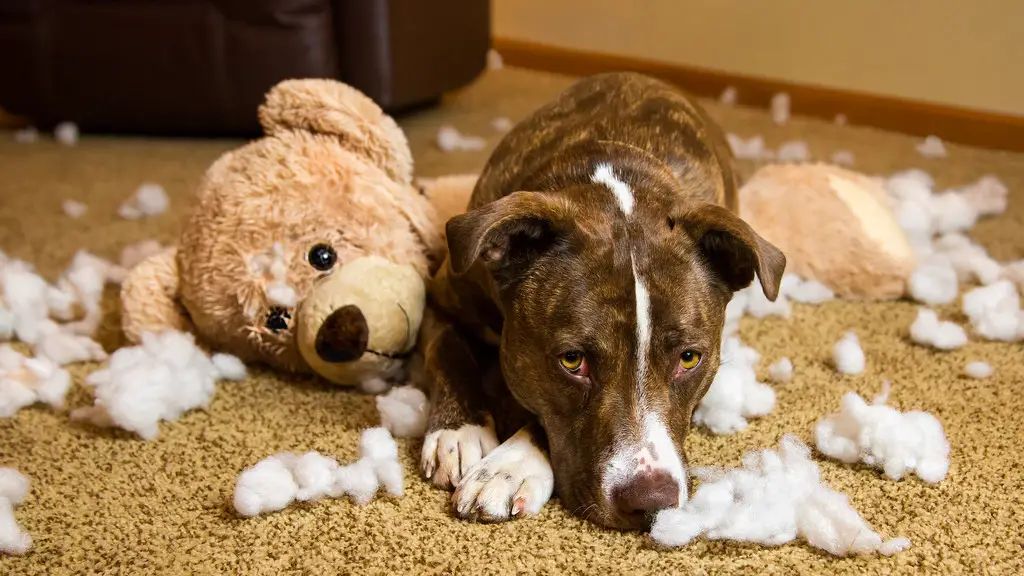Does your dog bark, scratch at the door or whine when you leave? Does it start even when you’re just grabbing your keys or putting your shoes on? If so, your furry best friend might be suffering from mild separation anxiety. Getting frustrated and scolding may often make this situation worse, so what can you do to ease the process of getting out of the house?

Start by doing everything you would normally do to head out for work or an errand. When you step outside, close the door and wait quietly on the other side. If your dog’s vocalizations last less than half an hour, good, you’re dealing with a minor case of separation anxiety. If their vocalizations are excessive over the half hour mark or they are hurting themselves, you need to contact a dog behaviorist to help you through this process.
The simplest solution, which is often overlooked, is to make sure you have plenty of things out to entertain your dog while you are gone for the day. Safe bones and chews are essential for a mentally healthy dog. With minor anxiety issues, a dog will often still be able to eat. Consider feeding them as you leave, and eventually you can even teach them how to play with a puzzle feeder. This could soak up an hour of their day, and make them actually look forward to when you’re about to leave for the day.
Ceremony is the best friend of separation anxiety. Triggers, even those you think may be helping, will actually make it more difficult for your dog to settle while you leave. If your dog knows that every time you turn on the radio for them, you’re about to go to work for 8 hours, they’ll likely start getting stressed out whenever they see you head for it. The triggers stack on top of each other, stressing your dog out exponentially with each one. Cut down on as many as possible in the beginning. Just leave. When they don’t have a half hour to get upset, many won’t. You can slowly introduce the triggers back in, so that you don’t have to spend the lifetime of your dog sneaking out of your own house!
Practice makes perfect with everything concerning dog training. It may seem odd, but results are greatly sped up if you have some time to practice leaving. The goal here is to make it incredibly easy for them to understand that when they settle, there is a chance you will walk back in the door. You simply wait outside until you hear them settle, or at least quiet down, and then come back in and greet them. Keep in mind that when you are working on anxiety disorders, you must keep the sessions short and positive. If you do too much too often, their stress levels will make it impossible for progress. Try adding a walk or interactive game of fetch in between practice sessions to allow them to de-stress.
Separation anxiety is a clear manifestation of your dog’s desire to be around you all of the time. Take this as a compliment and try not to get too frustrated if you find your dog suffering from it.
(I want to read more training & grooming article at: https://www.petyourdog.com/tips_and_tricks)

